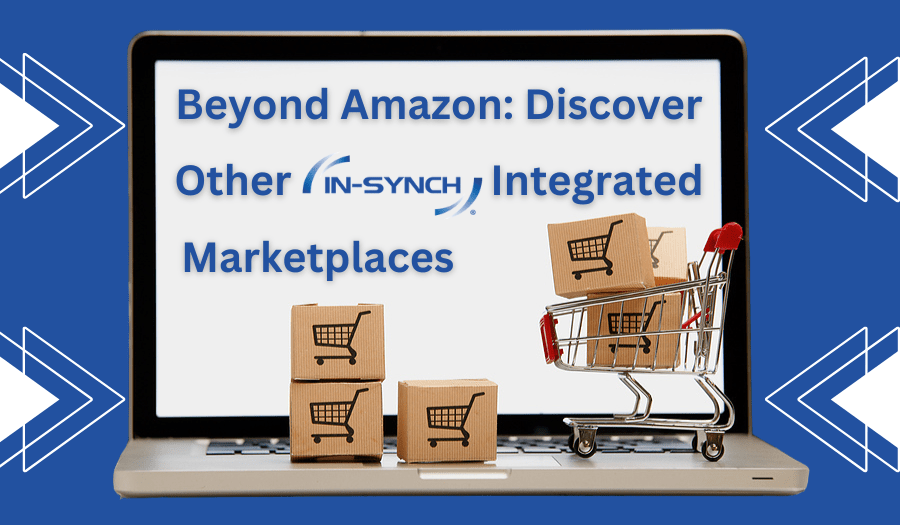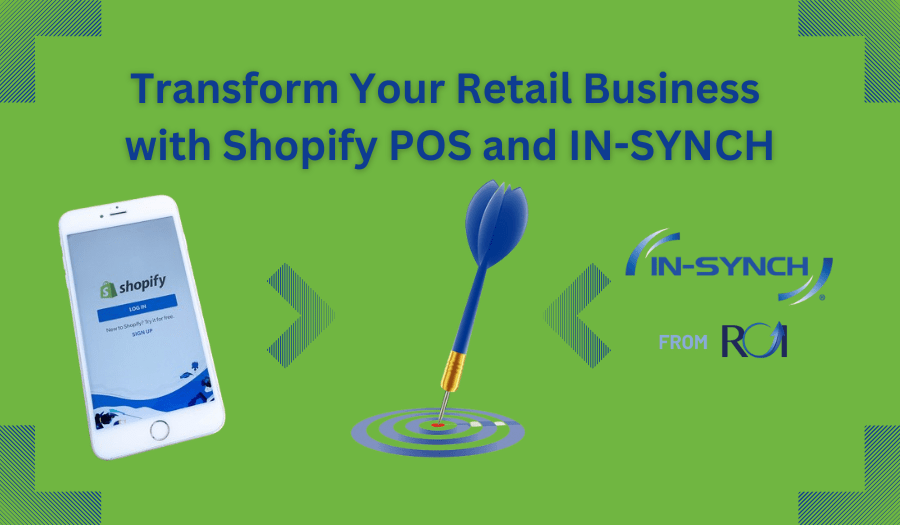By Ruth Richter • September 15, 2016

The High Cost of Order Fulfillment on a Manual System
Think for a moment about manual order fulfillment. If your Sage 100 system does not communicate with your e-commerce platform, you’re stuck in a manual ordering mode that probably takes considerable time, money, and effort to complete.
When orders come into a manual system, you must manually extract them from your e-commerce data. Next, someone must determine the most cost-effective carrier and fulfillment method. The order must be typed into your ERP system.
Next, the warehouse data must be updated manually as stock is removed from the warehouse to fulfill the order. The order status must also be transferred from the e-commerce system into other databases. An email must also be sent to the customer providing shipping information. If any of that information changes, more emails must be exchanged.
It all adds up to a cumbersome, time-consuming system that is open to error at many points in the process. For example, one transposed digit in a manually-typed SKU can lead to the wrong item being shipped. This in turn leads to more email exchanges or phone calls as the customer contacts your company to request a reshipment. Then there’s the cost of returns to consider … as well as the unhappy customer whose order has been delayed. Add up all of these costs, and you can see that clinging to a manual system adds time and expense to your business.
Sage 100 Integrated Systems Perform Better
Once your e-commerce platform integrates with your Sage 100 system, you’ll see noticeable differences immediately. First, many of the manual data entry steps are eliminated, since information flows freely and quickly between the two systems. Order statuses and stock statuses seamlessly transfer among the systems throughout your company, and even to third-party vendors or drop ship locations.
What Can You Automate?
Integration means information. It means you can automate many previously manual processes such as:
- Sales reports: Instead of entering data into a spreadsheet, then spending time making graphs, you can run reports on store sales right from your system.
- Stock reports: See what is selling briskly and reorder products before you run out.
- Order status: Look at order statuses right from your desktop to see which orders may be open and which shipped today.
Saving Time for More Important Tasks
Once you realize just how much time you can save through automation, you’ll realize how much time you can invest in other tasks. Time spent manually keying in data can now be spent searching for new and exciting items to add to inventory. You can work on your marketing and sales, train your employees … the time saved is priceless.
So the next time you’re considering integration, don’t hesitate. The costs of integrating your Sage 100 system and e-commerce platform will be more than offset by the time and labor saved behind the scenes thanks to integration.
ROI Consulting, Home of IN-SYNCH
ROI Consulting makes integrations and upgrades easier for your company. We work with you to understand the business challenges that you face and to help you select the best tools for your needs. With products such as IN-SYNCH, integration with your e-commerce platform and shopping cart becomes easier than you ever thought possible.
Contact ROI Consulting online or call us at 402-934-2223 ext. 1.




